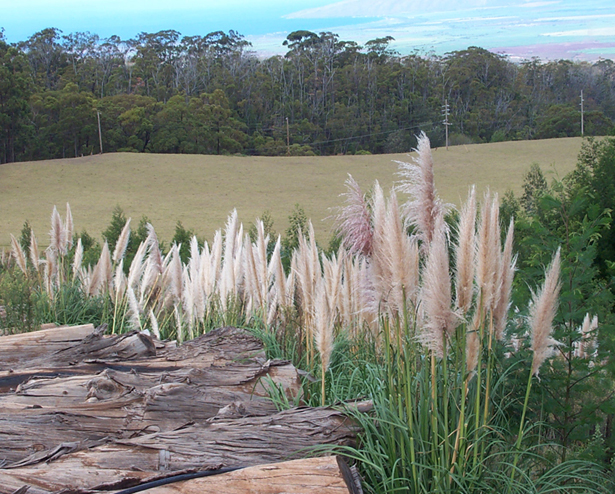Invasive Species » Unit 1: From Evolution in Isolation to Globalization » Activity 5: Invasive Species Jeopardy
Materials & Setup
Class Period One
- Student-generated cards or flyers provided with Invasive Species Module Unit 1 Activity #4 “Where Do They Come From? Where Can They Invade?”
Class Period Two
- Student-generated cards or flyers provided with Invasive Species Module Unit 1 Act #4 “Where Do They Come From? Where Can They Invade?”
- Master Acetate “Invasive Species Jeopardy Rules” (p. 7)
- “Invasive Species Jeopardy Slideshow” or Master Acetate “Game Board” (duplicated for each round) (p. 8)
- Overhead projector and screen
- Stopwatch or a watch with a second hand
Instructions
Class Period One:
1) Divide the class into five teams. Tell students they will invent “Jeopardy” game clues and answers based on the cards they made (or flyers provided) for Invasive Species Module Unit 1 Activity #4 “Where Do They Come From? Where Can They Invade?”
2) Before playing the game, each team will have a chance to review the information on the cards (or flyers). Teams are assigned the following categories:
- Team #1 – Plants
- Team #2 – Animals
- Team #3 – Origins
- Team #4 – Ecosystem Impacts
- Team #5 – Invasive Characteristics
3) Each team will create clues and answers related to their category. There are five clues per round. Clues fall into increasing levels of difficulty: 10, 20, 30, 40, and 50 points. Clues are written as statements and their answers are framed as questions. Sample clue: This bunch grass has sharp edges and can grow up to 10 feet tall. Answer: What is pampas grass (Cortaderia jubata)?
4) For each round you’d like to play, ask teams to create five clues. Eg: fifteen clues for three rounds. Create a few “Double Jeopardy” clues of your own to insert randomly during the game. (See Teacher Background “Round 1” for examples.)
5) Have students keep their clues and answers secret from the other teams.
Class Period Two:
Note: Round 1 clues and answers have been provided as an example. Choose at random where to insert your Double Jeopardy clues.
1) Review the object, rules, and procedures for the game with students using the instructions given here and the rules on the Teacher Background “Invasive Species Jeopardy Rules” acetate (p. 7).
2) Use either the “Invasive Species Jeopardy Slideshow” or Game Board Acetate to begin the game. Cross off each category and point value as it is selected. Read the corresponding statement from “Invasive Species Jeopardy Round 1.”
To use the slideshow: Open the file “Invasive Species Jeopardy Slideshow,” on the DVD included with this curriculum or the link on this page. Click “Slide Show” in the menu and select “View Show” OR press F5. “Click to Begin” in the bottom right corner of the Jeopardy title page.
Move the arrow cursor over the category to the students’ chosen point value. Notice the cursor “arrow” change to a hand when rolling over the point value. Click on the chosen point value when the cursor changes to a hand. After clicking on the point value, the answer will appear. When you want to reveal the question (to verify the student’s response), make sure the cursor is a “hand” by pointing it off of the text before clicking.
To return to the main game page, click away from the text, with the cursor as a “hand.” (If you click on the answer with the cursor as an “arrow,” the screen will continue to cycle through all of the answers and questions revealing that information.)
3) Teams have 15 seconds to respond to clues. Continue play by following the rules, and keep score. The team with the largest score wins.
4) Play subsequent rounds in the same manner, using a fresh game board and clues.
Note: To create additional Jeopardy rounds with new answers and questions, save the slideshow file with a new name and follow the instructions on the second slide.
5) Stop whatever round is in session at the end of the first class period, and determine a winner for whatever rounds have been played.
Journal Ideas
- None.
Assessment Tools
- None.

